Types of Stepper Motor Explained – What are the different types?
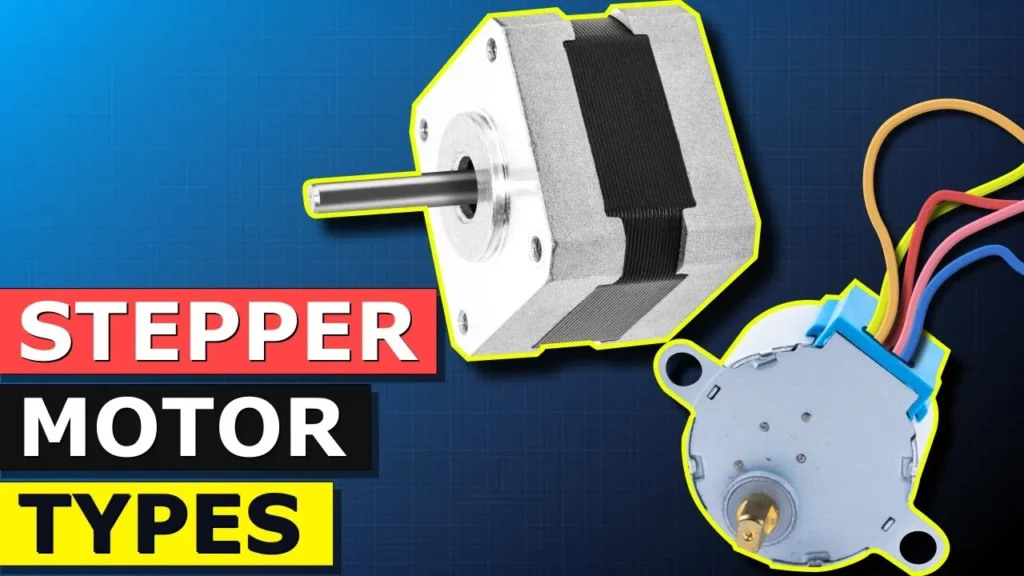
This lesson explains the three main types of stepper motors: permanent magnet, variable reluctance, and hybrid stepper motors, each offering unique mechanisms for precise movement control. Permanent magnet stepper motors utilize a magnetized rotor and coils to achieve 90-degree steps, while variable reluctance motors employ soft iron rotors and a sequence of energized coils for 30-degree steps. Hybrid stepper motors combine features of both types, allowing for greater precision and torque, with advanced designs enabling steps as small as 1.8 degrees.
HVACR Deadband Basics

The lesson on “Understanding Deadband in HVACR Systems” explains the concept of a deadband, which is a temperature range around a set point where no heating or cooling occurs, helping to maintain a stable room temperature and improve system efficiency. It discusses how to determine the ideal deadband through trial and error, the use of modulating thermal outputs for consistent temperature control, and the benefits of advanced control methods like motorized valves and variable speed pumps to optimize performance and reduce wear on the system.
Liquid Level Switches Explained – Industrial Refrigeration Ammonia industrial engineering
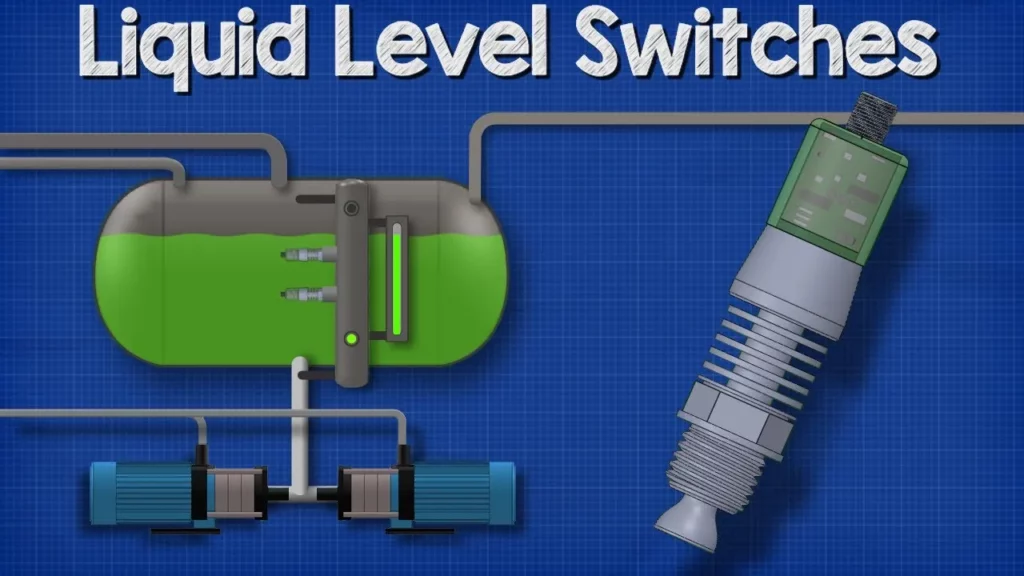
This lesson provides an overview of liquid level switches, particularly the Danfoss LLS 4000 model, in industrial refrigeration systems, emphasizing their critical role in maintaining proper liquid levels within vessels. It highlights the challenges of visual monitoring in metal vessels and the advantages of digital switches for autonomous and precise level detection. The lesson also covers the design, installation considerations, and the technology behind liquid level detection, ensuring efficient operation and preventing potential issues in refrigeration systems.
Why Circuit Breakers DON'T Protect People (electric shocks)
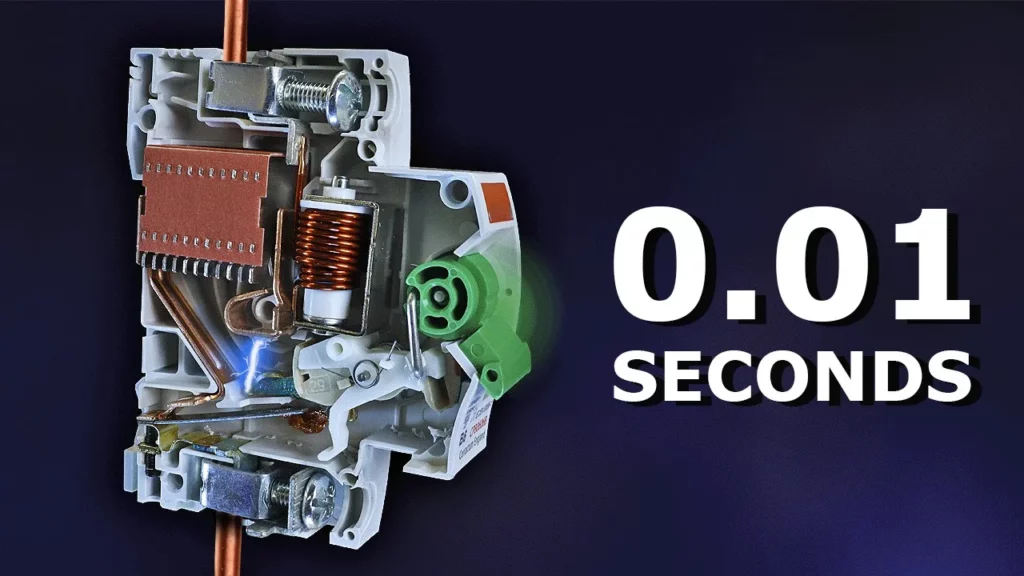
This lesson explains that circuit breakers are designed to protect electrical circuits from damage due to overcurrent or short circuits, rather than to safeguard individuals from electric shocks. While they can prevent potential fires by tripping when excessive current is detected, they do not react to the lower currents that can harm people. For personal protection against electric shocks, Residual Current Devices (RCDs) are recommended, as they detect imbalances in current flow that indicate a shock hazard.
What is Density? – Density Explained
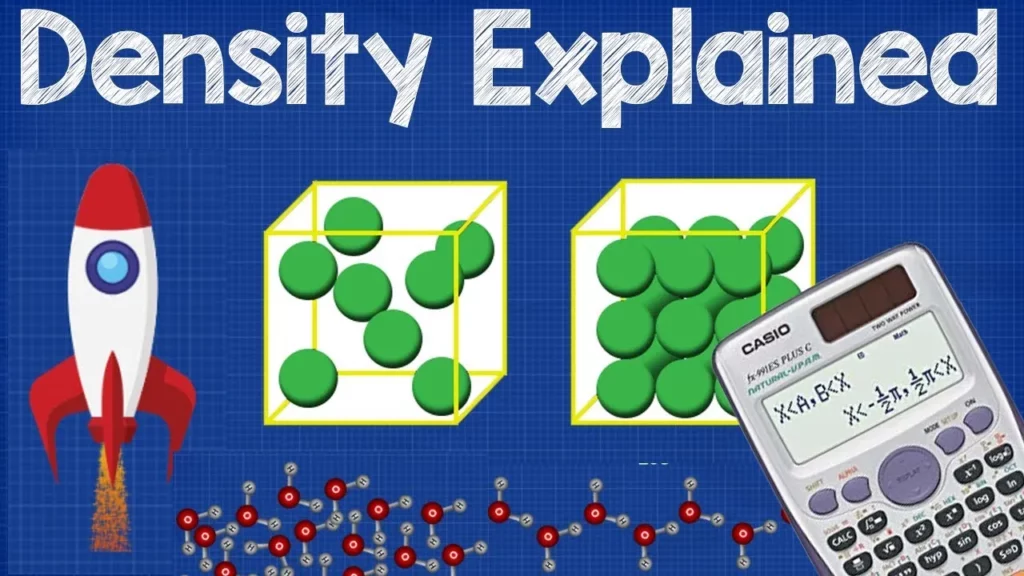
In this lesson, we explored the concept of density, which measures how much mass is contained within a specific volume, using both metric and imperial units. We learned how to calculate density using the formula ρ = M / V and discussed its significance in design and material identification. Additionally, we examined how density varies between solids and fluids, highlighting unique properties such as why ice floats on water due to its lower density compared to liquid water.
Steam Trap Failure
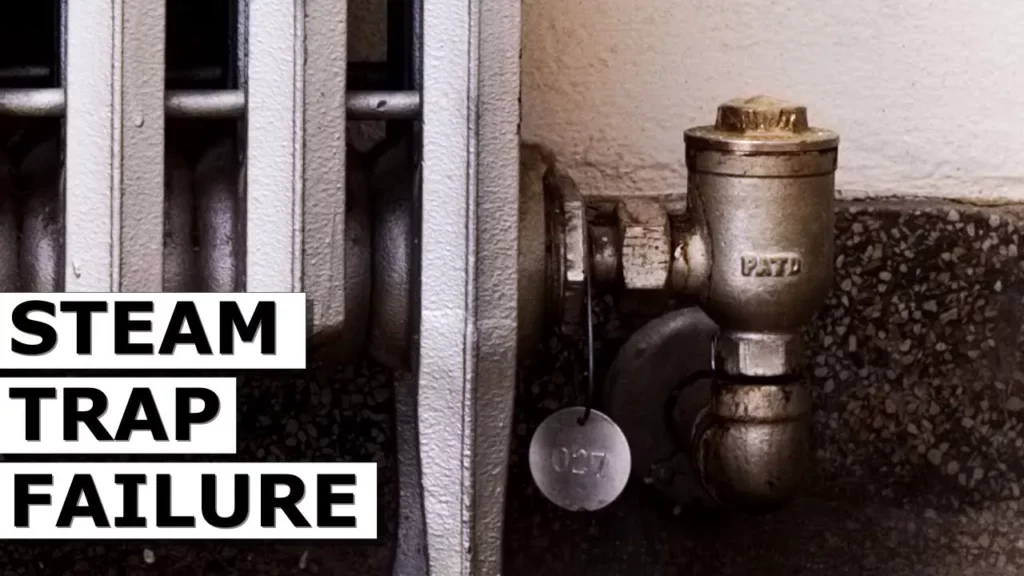
The lesson on “Understanding Steam Trap Failures” highlights the critical role of steam traps in heating systems and the mechanical stresses they endure over time, particularly on their bellows. It outlines the primary causes of failure, including metal fatigue and corrosion, and distinguishes between open and closed failures, both of which can lead to energy inefficiency and heating issues. Emphasizing the importance of routine maintenance and inspections, the lesson advocates for proactive measures to ensure the reliable operation of steam traps.
How Multi ejectors work – working principle CO2 refrigeration

The lesson on multi ejectors in CO2 refrigeration systems highlights their significance in improving the efficiency and adaptability of transcritical CO2 systems, particularly in warmer climates where traditional systems face challenges. By utilizing multi ejectors, these systems can optimize refrigerant flow and enhance performance, making CO2 a more viable and sustainable refrigerant alternative to harmful HFCs. Understanding the mechanics and benefits of multi ejectors is essential as the industry shifts towards more environmentally friendly cooling solutions.
What is CURRENT– electric current explained, electricity basics

In this lesson, we explored the fundamentals of electric current, including its definition as the flow of electrons through a circuit and the distinction between alternating current (AC) and direct current (DC). We learned how to measure current in Amperes, the importance of understanding device ratings, and the safety features like fuses and circuit breakers that protect us from electrical hazards. Overall, the lesson provided a comprehensive overview of how electricity works and the principles behind its safe usage.
Chiller faults – troubleshooting
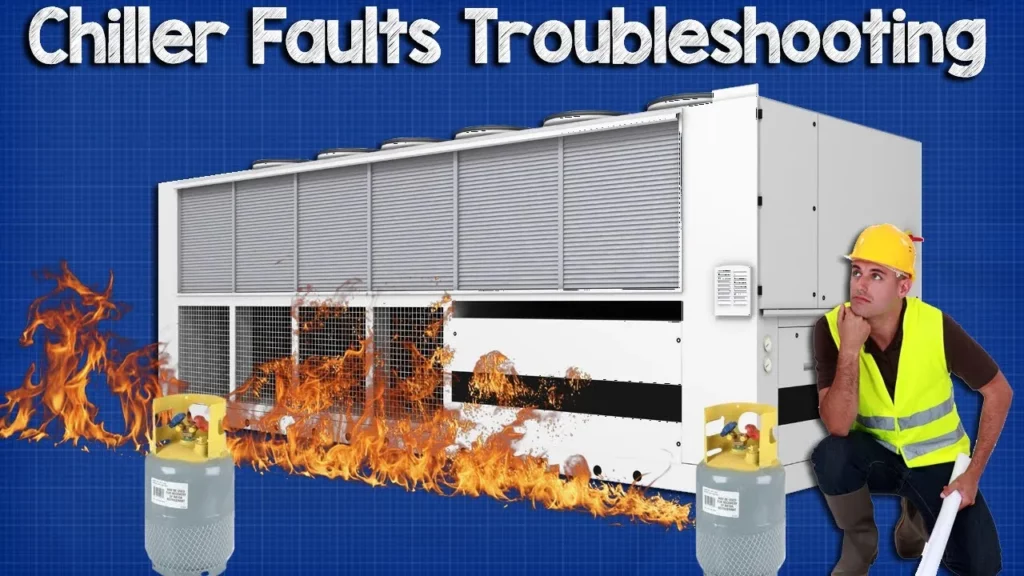
In this lesson on chiller faults, we explored common issues that can arise in chiller systems and effective troubleshooting methods. Key problems discussed include high and low pressure on both the discharge and suction sides, as well as electrical issues that can impact performance. Regular maintenance, proper water treatment, and careful monitoring of refrigerant levels are essential for ensuring optimal chiller operation.
Multi-LED circuit design – LED Parallel Circuits

In this lesson on Multi-LED Circuit Design, students learn how to effectively connect multiple LEDs to a power source while managing voltage and current to ensure proper functionality. The lesson covers the calculation of resistor values for both series and parallel configurations, emphasizing the importance of using appropriate resistors to prevent damage to the LEDs and optimize battery life. By understanding these principles, learners can design efficient LED circuits that accommodate various configurations and LED types.